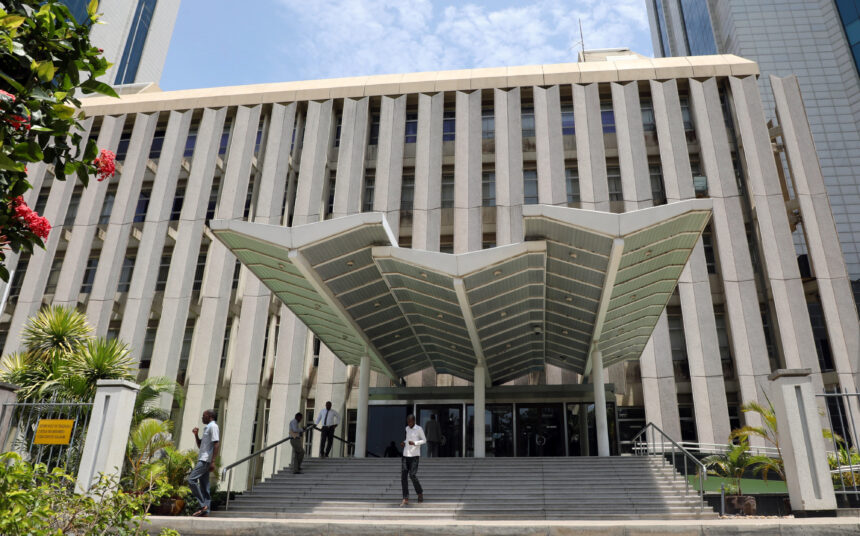The Bank of Tanzania’s (BoT) latest Monthly Economic Review (MER) for November 2022 has put Tanzania’s stock of external debt – for both the public and private sectors – at $27.482 billion as at the end of October 2022.
While the amount symbolises a $140.4 million increase compared to what it was at the end of September 2022, the BoT says the increase was mostly on account of the depreciation of the United States Dollar against other major currencies in which the debt is denominated.
On the other hand, domestic debt rose by TSh1.057 trillion in October alone to bring the stock to TSh26.6 trillion.
As a result, the total amount in debt stock currently stands at about TSh90.35 trillion as per the prevailing exchange rate.
This was an increase of about TSh7.37 trillion compared to a debt stock of TSh82.98 trillion that was registered at the end of October 2021.
During that period, the external debt was $28.17 billion (equivalent to TSh65.35 trillion on the prevailing exchange rate) while domestic debt was TSh17.63 trillion.
However, the Permanent Secretary in the Ministry of Finance and Planning, Mr Emmanuel Tutuba says there is no reason to worry because the debt remains very sustainable on the short, medium and long-term basis.
He says the government conducts fiscal analysis every year to evaluate the status and capacity to service debts, and to date, the nation meets both domestic and international criteria for debt sustainability.
According to the Joint World Bank-IMF Debt Sustainability Analysis (DSA) that was published in September 2021, Tanzania’s public DSA analysis shows that the present value of the public debt-to-GDP ratio remains contained at around 30%, well below the 55% threshold.


